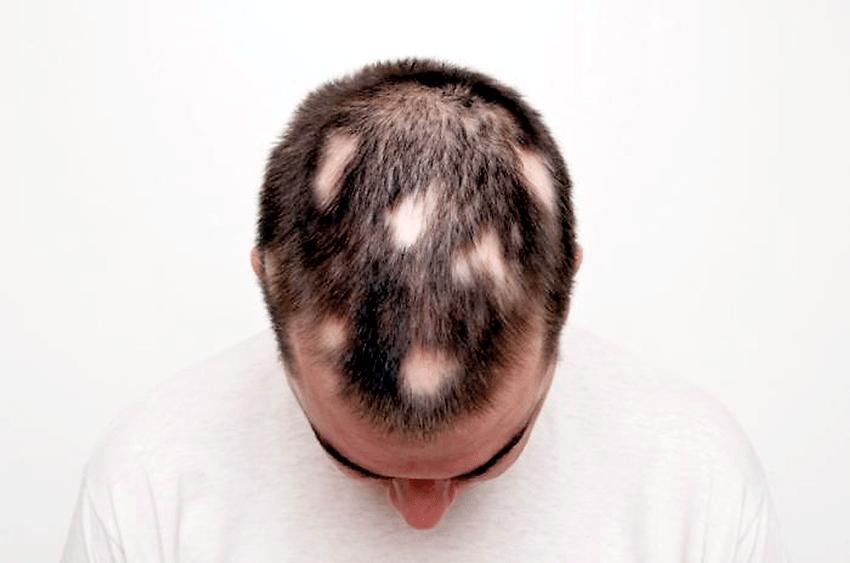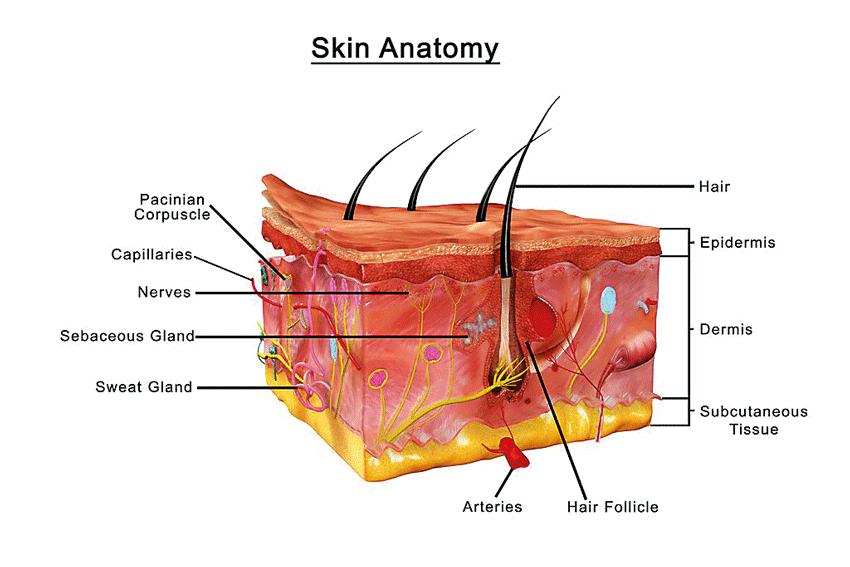05 Jul 2019 - {{hitsCtrl.values.hits}}

Hair loss is an affliction which can affect any individual regardless of age or gender. But out of the myriad causes which results in said condition, there is one which has gained a certain amount of infamy in the Sri Lankan setup; that is the condition known as ‘Alopecia areata’. Referred to as italics in the local vernacular,there are several misconceptions on how this disorder comes about. But with the advent of modern science and advances in the medical field, new light has been shed on this mysterious malady.
What is Alopecia areata?
Alopeciaareata belongs to a series of conditions that have been categorized as ‘auto-immune diseases.’ This group of disorders arise when ourbody’s own immune system suddenly starts attacking healthy cells and tissues due to an unknown trigger.
In this instance a similar abnormal immune response results in damage to healthy hair follicles (structures that contain the roots of the hair) which invariably leads to hair loss. The most defining characteristic of Alopecia areata is the sudden onset painless loss of scalp hair in circular patches.
What are the other causes of hair loss?
Broadly speaking hair loss can be due to a disorder of the hair follicle in which the scalp looks normal (Non-scarring alopecia) or due to a disorder within the scalp skin which gives rise to permanent loss of the hair follicle (Scarring alopecia). Alopecia areata is a form of ‘Non-scarring alopecia.’ The other causes of hair loss are,
A Family History (Hereditary)
The most common cause of hair loss is a hereditary condition called male-pattern baldness also known as Androgenic alopecia. It usually presents in young men with frontal receding followed by thinning of the crown.
Endocrine disorders
Medication & supplements
Hair loss can be a side effect of certain drugs, such as those used for chemotherapy, depression, arthritis, heart problems, gout & blood pressure.
Some individuals experience a general thinning of hair following pregnancy, stressful events or a severe illness. This type of hair loss is temporary.
Certain hairstyles and treatments
Hair loss can also arise from excessive hairstyling such as tight plaiting or pulling back and tying the hair in a bun. This form of hair loss due to‘mechanical damage’ is known as ‘traction alopecia.’
Is Alopecia areata infectious?
No. Due to its auto-immune mediated genesis there is no infective component whatsoever. However, there is a strong genetic component to this disorder. If either parent suffers from this condition there exists a 20% chance that the child too will inherit it.
Who are mostly at risk for Alopecia areata?
This disorder can affect almost anyone regardless of age and gender. But research shows that individuals that fall between the 10-30-year age group are mostly susceptible to this affliction.
Since Alopecia areata has a strong association with other auto-immune diseases such as Rheumatoid Arthritis, Vitiligo, Atopy and Thyroid disorders further blood tests maybe necessary to rule out their possible involvement
What are the Signs & Symptoms?
Patchy hair loss: The hair loss often develops suddenly, over the course of just a few days with the appearance of one or more small, circular, bare patches over areas where hair once uniformly grew. You may first notice this issue when you see clumps of hair on your pillowalong with multiple areas devoid of hair. Hair loss occurs predominantly on the scalp. But it can involve eyebrows, eyelashes, beards — basically any hair-bearing site.
“Exclamation mark” hairs: Often, a few short hairs grow in or at the edges of the bare spots. These hairs which are defined as ‘exclamation mark’ hairs, are characteristicallynarrow at the bottom and wider and more pigmented at the tip. Their appearance is diagnostic of Alopeciaareata.
Widespread hair loss: Depending on the severity of hair loss this condition is sub-divided into several categories.

They are
Alopecia totalis: Hair loss involving the whole scalp
Alopecia universalis–Hair loss across the entire body
Alopecia ophiasis –Hair loss in the shape of a wave along the circumference of the head
Reverse ophiasis pattern
Nail problems: Alopecia areata also can affect your fingernails and toenails. Nails can have pin point dents (pitting). They can also exhibit white spots or lines, be rough, lose their shine, or become thin and split. Sometimes these nail changes are the first signs of Alopecia areata.
Hair loss can also arise from excessive hairstyling such as tight plaiting or pulling back and tying the hair in a bun. This form of hair loss due to‘mechanical damage’ is known as ‘traction alopecia.’
How is Alopecia areata diagnosed?
The diagnosis of Alopecia areata is a straightforward one due to its’ distinctive symptoms. If, after an initial clinical examination, the doctor or dermatologist is unable to make a diagnosis, they perform a skin biopsy to come to a more definitive conclusion.
Since Alopecia areata has a strong association with other auto-immune diseases such as Rheumatoid Arthritis, Vitiligo, Atopy and Thyroid disorders further blood tests maybe necessary to rule out their possible involvement.
How is it treated?
There is no cure for Alopecia areata. But over 60% of the sufferer’s experiences a reversal of their current condition within a year or so. The available treatment modalities however can help hasten the process of hair regrowth. A dermatologist may prescribe one or a combination of the following to accelerate hair regrowth:
Corticosteroids: This medicine helps suppress the immune system. It can be given as intralesional injections, topical ointments or oral tablets. For adults with Alopecia areata the intralesional injections are the preferred first line treatment.
Minoxidil:A hair re-growth medicine, Minoxidil 5% may help some patients re-grow their hair. Both children and adults can use it.
Ultraviolet Radiation therapy: Psoralen and Ultraviolet A (PUVA) is a form of chemo-phototherapy which also can be used.
PRP therapy: Platelet-Rich-Plasma therapy is a treatment modality which utilizes our own blood platelets to stimulate hair growth.
In spite of the afore mentioned treatment methodologies however, there is a chance that the condition may resurface down the line, as time progresses.
22 Dec 2024 58 minute ago
22 Dec 2024 1 hours ago
22 Dec 2024 4 hours ago
22 Dec 2024 4 hours ago
21 Dec 2024 21 Dec 2024